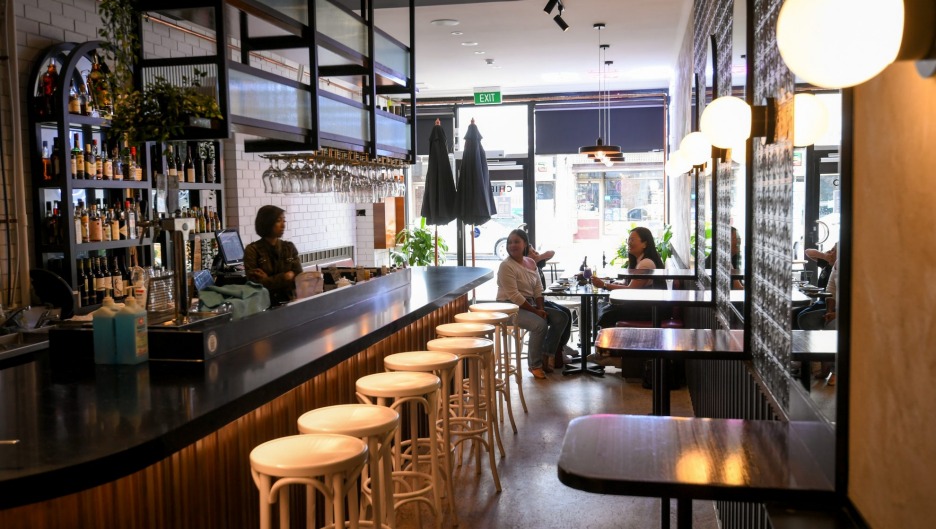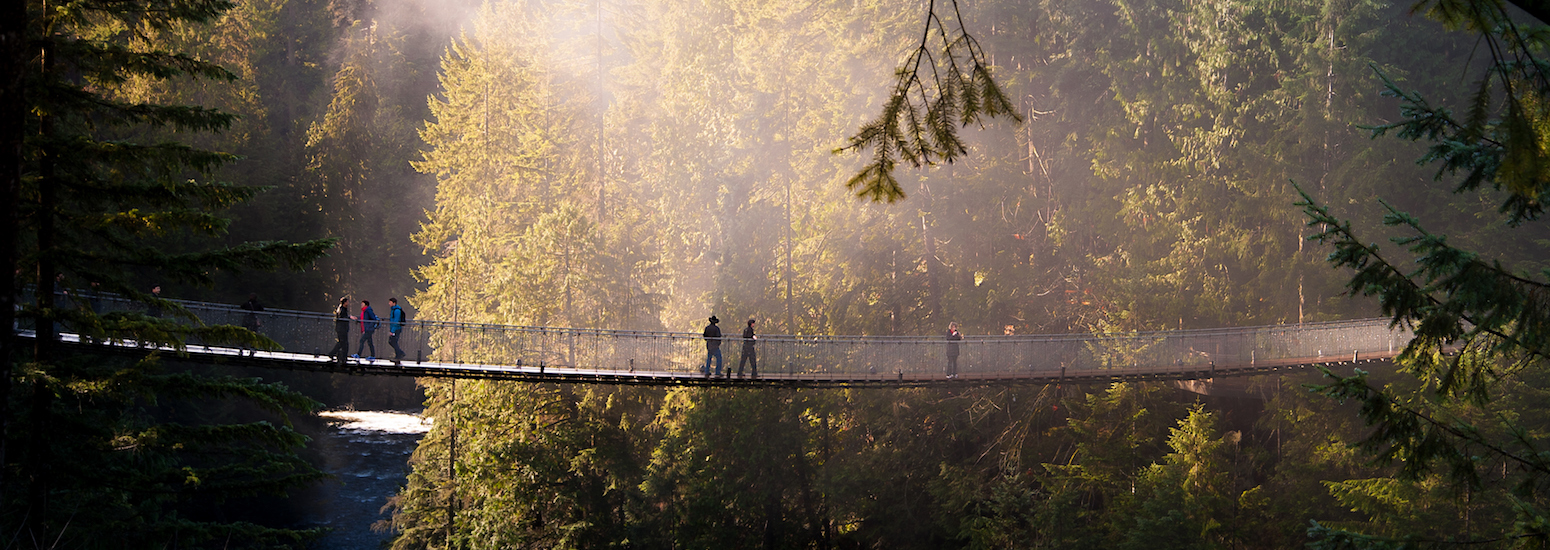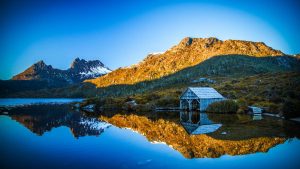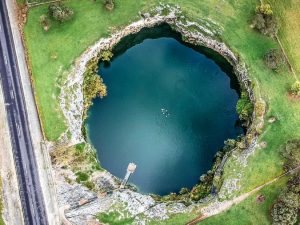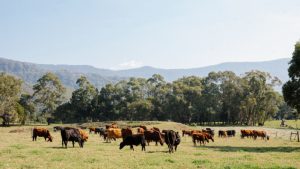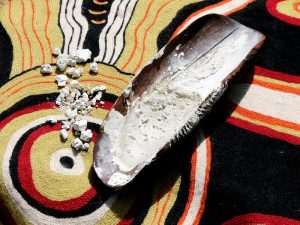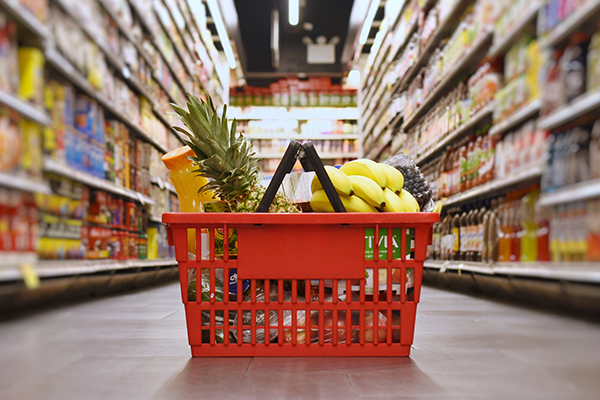Beautiful in summer, spectacular in winter; Melbourne is a city for all the seasons, here are five great new reasons to visit Victoria’s capital.
# 1. The delicious new bars and restaurants
About 15 amazing new venues recently opened in Melbourne, but among those are a few real standouts. These include Chibog in West Footscray, which takes classic Filipino comfort food and dials its flavours up to 11; the 1920s-style Gimlet at Cavendish House, with its extensive cocktail list.

# 2. The game-changing new hotels
Downtown there’s W Melbourne, which looks to be the hotel version of a Real Housewives personality who loves wild fashion, avant-garde decor and cocktails by the pool; Quincy Hotel Melbourne on vibrant Flinders Lane, which wouldn’t be out of place on a bustling street in Bangkok.


# 3. The music, the arts and festivals
This autumn, a bumper crop of events is taking place, including festival RISING; exhibition series NGV’s Melbourne Winter Masterpieces; ACMI exhibits The Story of Moving Image and Disney: The Magic of Animation; the acclaimed play Harry Potter and the Cursed Child at the Princess Theatre; and West Side Place, a new retail precinct dubbed Australia’s first ‘artcade’, featuring works from some of the country’s top contemporary artists. Moulin Rouge! The Musical is also set to kick off in August at Regent Theatre.


# 4. The new spots to explore in old neighborhoods
Beyond the CBD you’ll find a wealth of colourful neighbourhoods to explore, each with its own flavours, culture and community – and they’re still evolving. Footscray in the inner west is a must-visit if you love great Vietnamese food, Windsor has a free-spirited vibe with eclectic bars, and Northcote has a quirky vibe with indie art galleries and vintage clothing stores. Street art mecca Hosier Lane, right in the city, is another spot that’s different each time you visit.





 COVID-19 Around the World3 years ago
COVID-19 Around the World3 years ago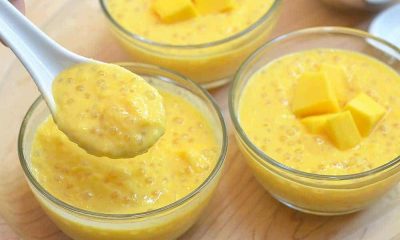
 Cuisine Explorer4 years ago
Cuisine Explorer4 years ago
 Arabic2 years ago
Arabic2 years ago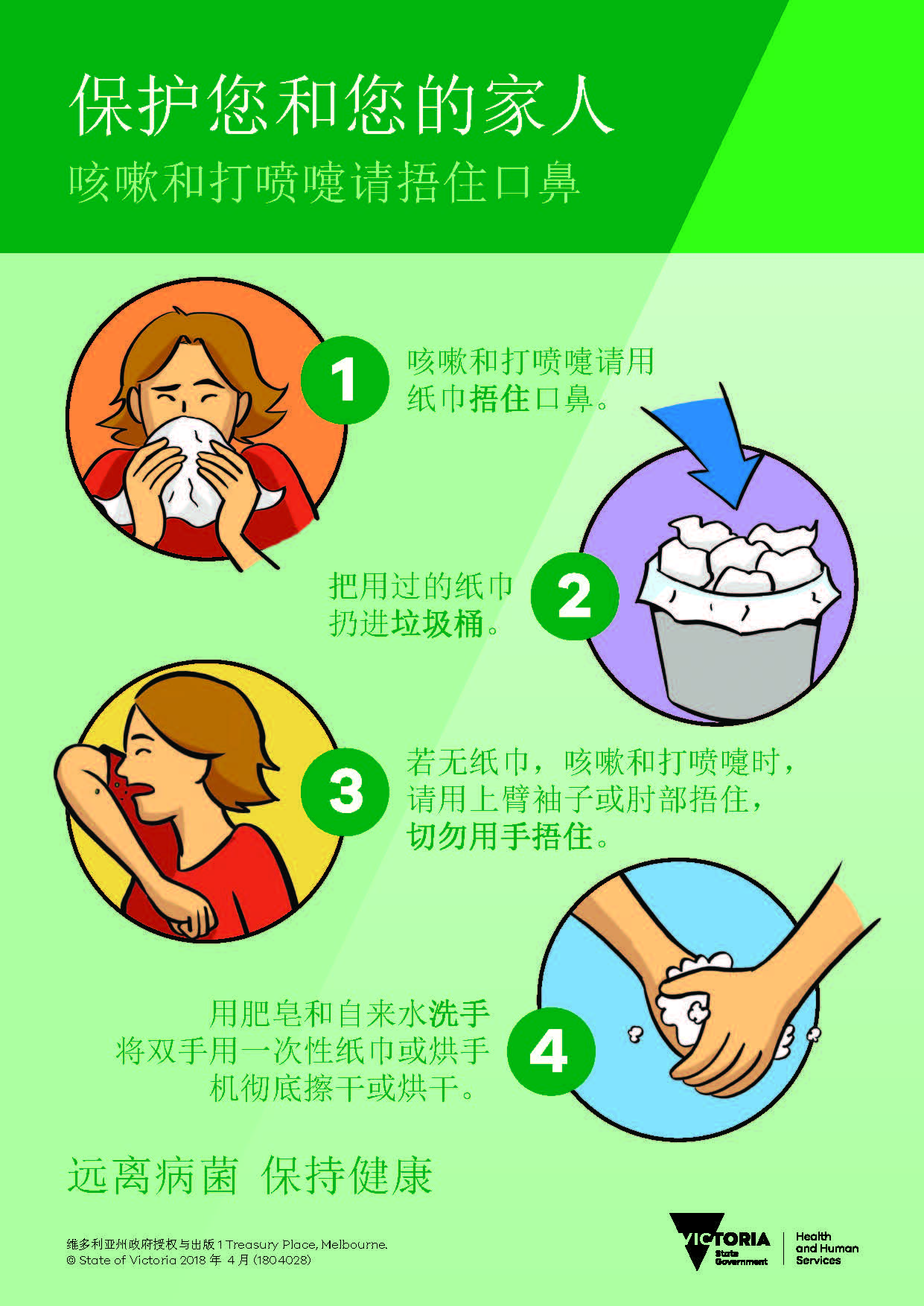
 Cantonese - Traditional Chinese4 years ago
Cantonese - Traditional Chinese4 years ago
 Tagalog4 years ago
Tagalog4 years ago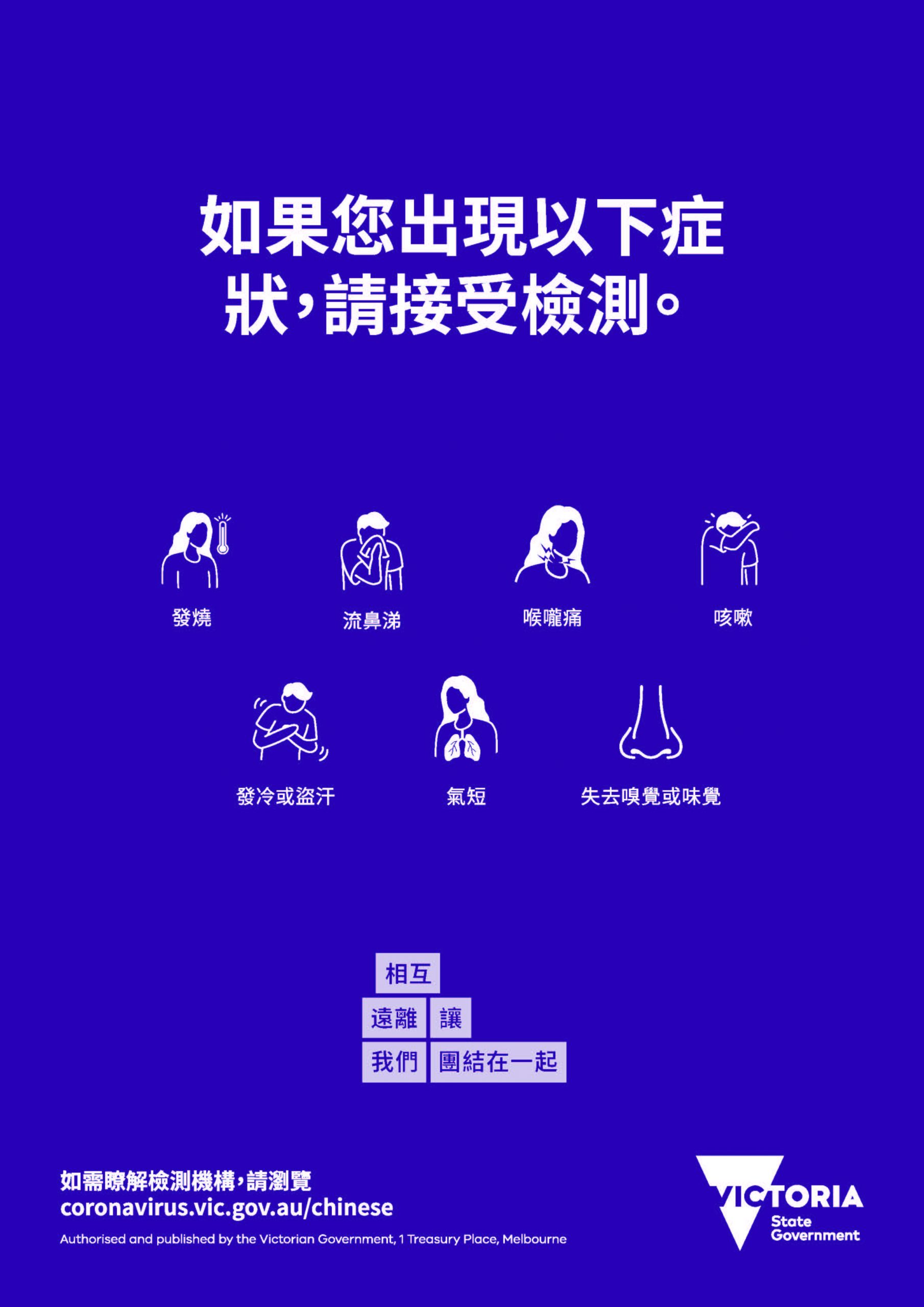
 Uncategorized4 years ago
Uncategorized4 years ago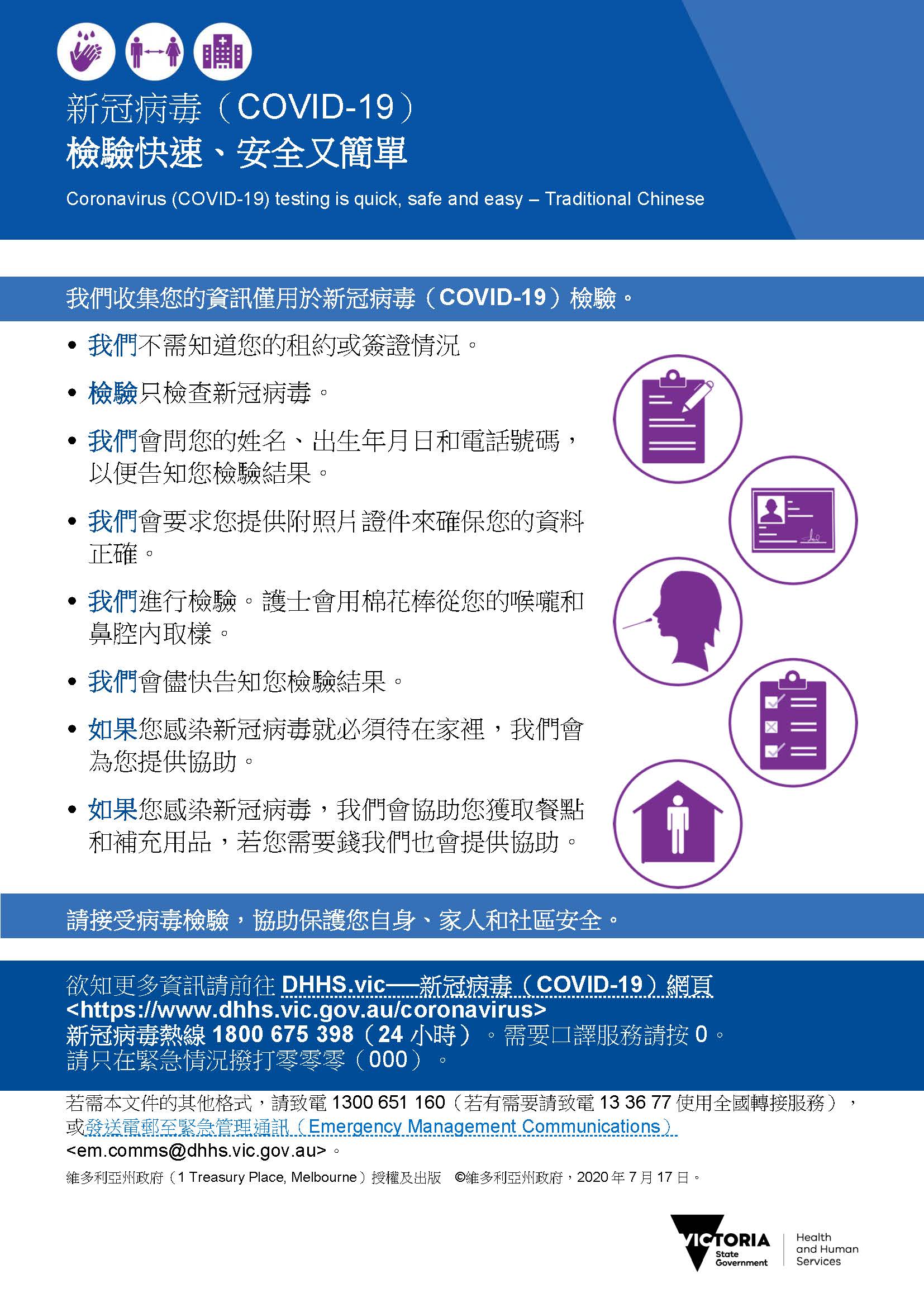
 Uncategorized4 years ago
Uncategorized4 years ago
